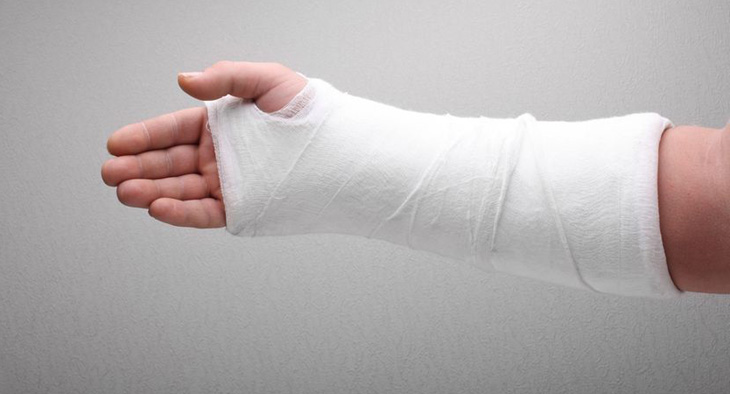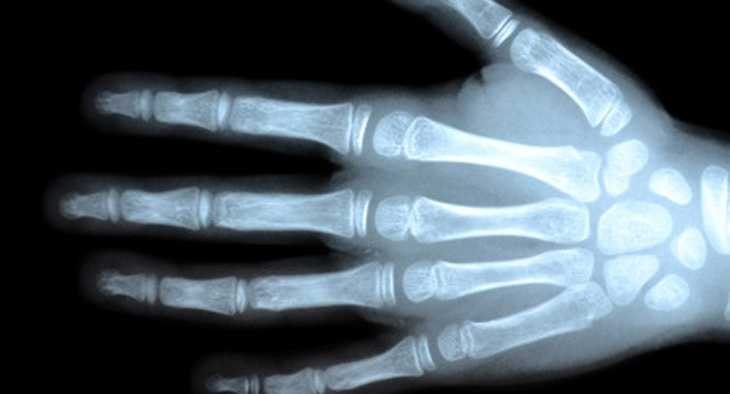In this section you will review and practise useful language used in the medical profession.
1. Quotes on science.
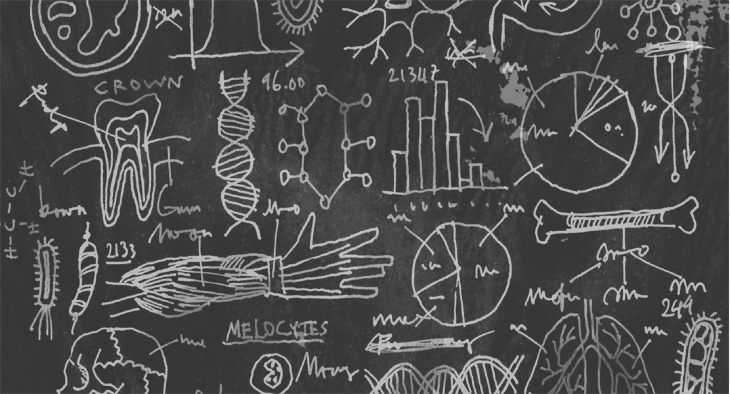
Match the two parts to complete these quotes about science and medicine.
See the names of the people who said these quotes.
2. Pronunciation: Common medical words.
Put these common scientific and medical words in the order that you hear them. Then listen again and repeat the words.
The word research can be pronounced in two different ways: research or research.
3. Pronunciation: Word stress.
Click and drag the words to the correct box, according to the stress patterns.
The word theory can be prounced in two different ways: with two syllables /ˈθɪə·ri:/ or with three syllables /ˈθɪ·ə·ri:/.
4. Listen and write.
Listen to the quotes from exercise 1. You will hear each one twice. Write exactly what you hear.
5. Vocabulary: Parts of the body.
Match the words to the numbers. Listen and repeat the words.
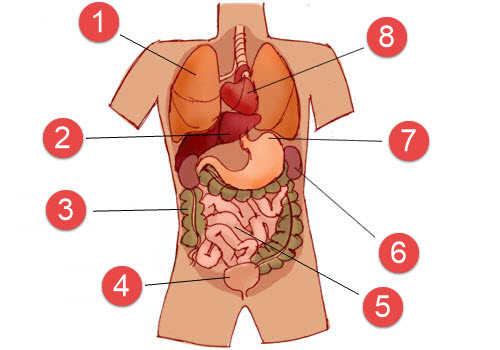
Now listen again and repeat the words.
8. Symptoms, conditions and treatment.
Choose the correct option to complete each sentence.
Listen to check your answers. Then listen again and repeat the sentences.
9. Common illnesses.

Many common illnesses, especially those normally associated with childhood, have common names. Choose the correct options to complete the table.
10. Common illnesses.
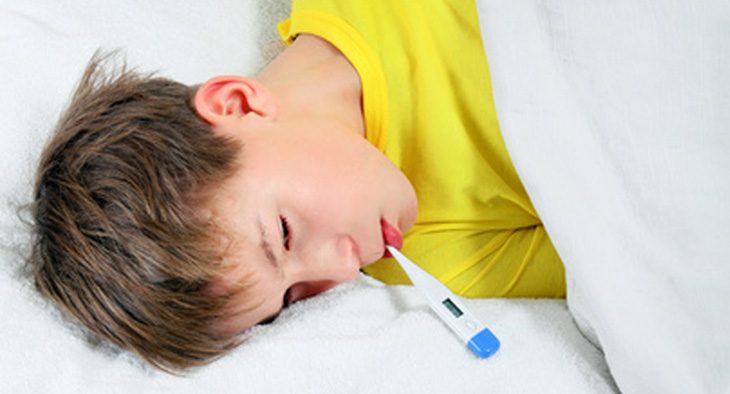
Can you remember? Choose the correct words to complete the table.
Pronunciation
The following words are grouped according to their vowel sounds. However, one word in each line is an odd one out; it has a different vowel sound. Do you know which word it is? (For words with more than one syllable we are referring to the underlined letters.)
- symptom, mild, virus, type
- heal, measles, head, cheek
- itchy, blister, lip, vaccine
- croup, cough, rubella, include
- mumps, puffy, runny, pneumonia
You can see the answers here.
Now listen and repeat the words.
